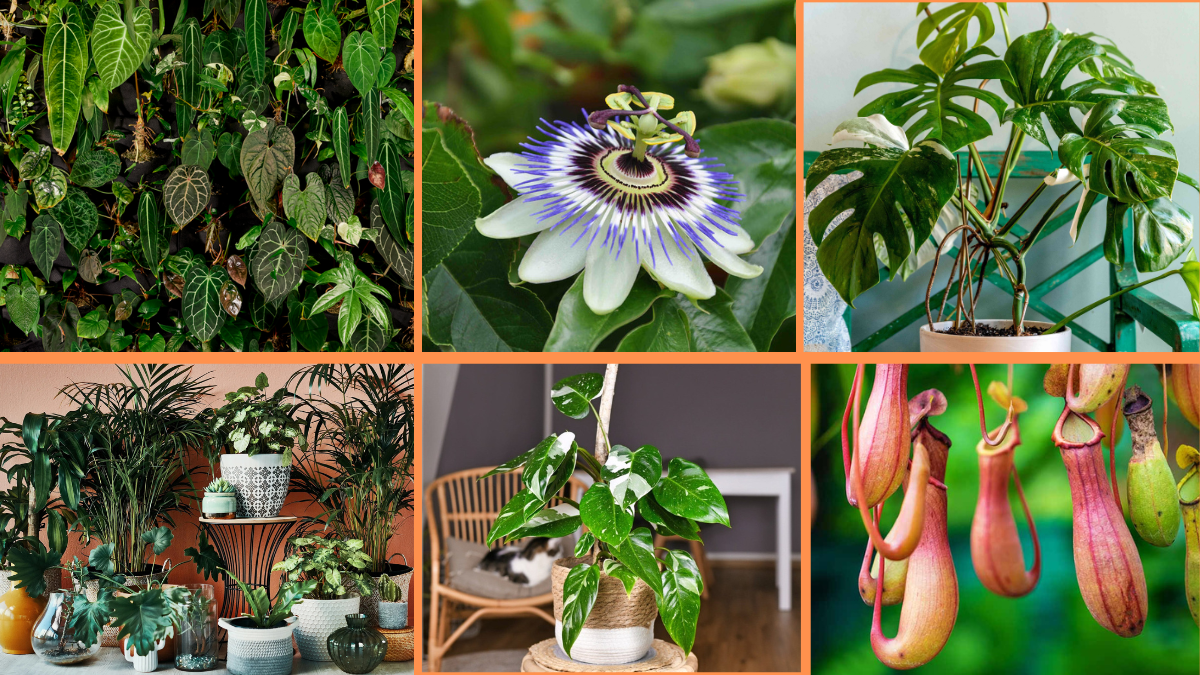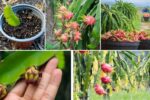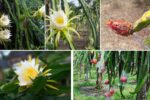For plant lovers and avid gardeners, growing rare and exotic plants is both a thrilling challenge and a rewarding experience. These captivating species — often known for their unique foliage, vibrant colors, and unusual growing habits — add a dramatic flair to any indoor or outdoor garden.
Whether you’re fascinated by tropical orchids, carnivorous plants, or elusive black flowers, cultivating rare plants requires a bit more attention and expertise than your typical houseplant. But don’t worry — with the right care and guidance, you too can nurture these botanical beauties.
In this guide, we’ll reveal 10 expert tips to help you successfully grow rare and exotic plants at home.
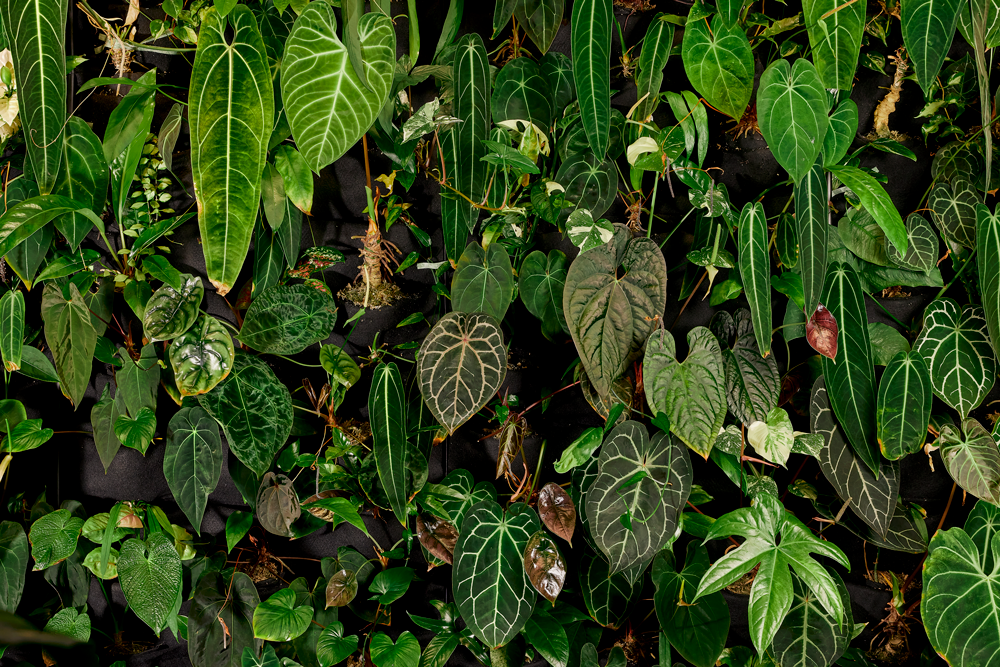
Why Grow Rare and Exotic Plants?
Adds uniqueness and visual intrigue to your space
Offers an exciting gardening challenge
Introduces new scents, colors, and textures
Provides therapeutic, hands-on care experience
Expands your botanical knowledge
From striking pitcher plants to blue orchids and variegated monstera, rare plants often become prized centerpieces in plant collections.
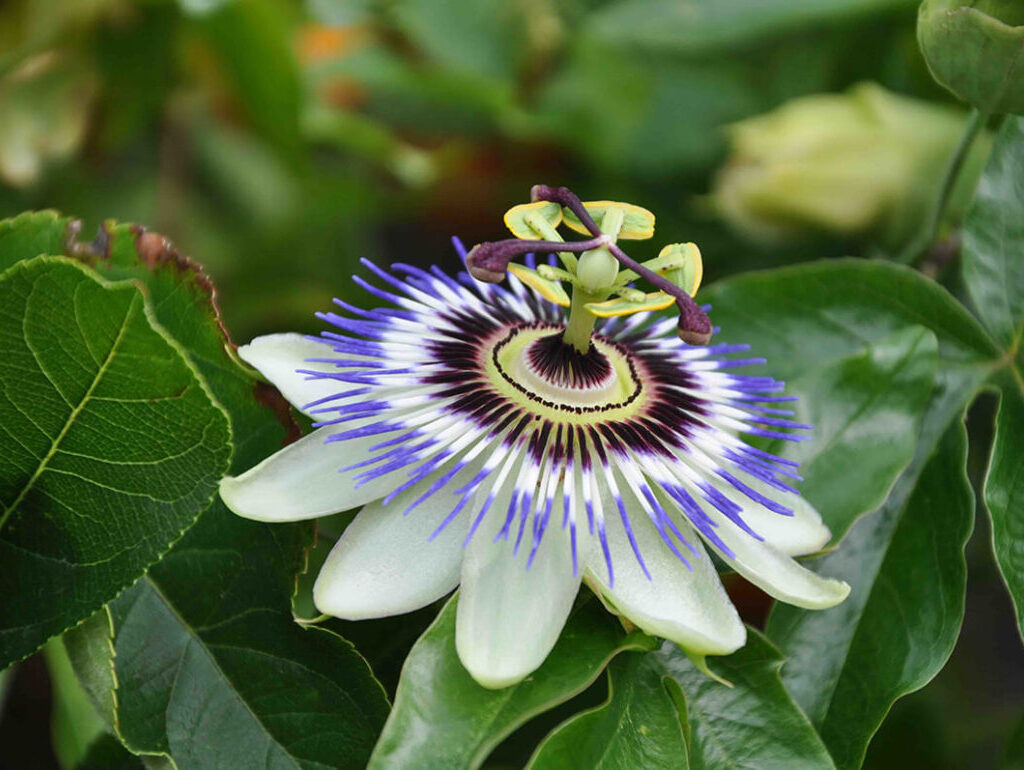
10 Tips to Grow Rare and Exotic Plants
1. Research Your Plant’s Native Habitat
Every plant species has unique requirements based on its place of origin. Understanding a rare plant’s native habitat — including light, soil, humidity, and temperature conditions — is key to keeping it healthy.
Before you plant:
- Find out whether it’s tropical, arid, aquatic, or temperate.
- Check its seasonal growth cycle.
- Learn if it prefers high humidity, filtered light, or dry environments.
Example: Tropical plants like Anthuriums and Calatheas crave humidity and indirect light, while succulent Euphorbias thrive in dry, bright conditions.

2. Create the Right Microclimate
Rare and exotic plants often need specific environmental conditions that may differ from the rest of your home or garden.
To create a suitable microclimate:
- Use humidifiers for moisture-loving tropical plants.
- Group similar plants together to raise humidity levels naturally.
- Place drought-tolerant plants in sunny, well-ventilated spots.
- Use grow lights to supplement natural light for light-hungry species.
Pro Tip: A glass terrarium works wonders for small, humidity-loving exotic plants.
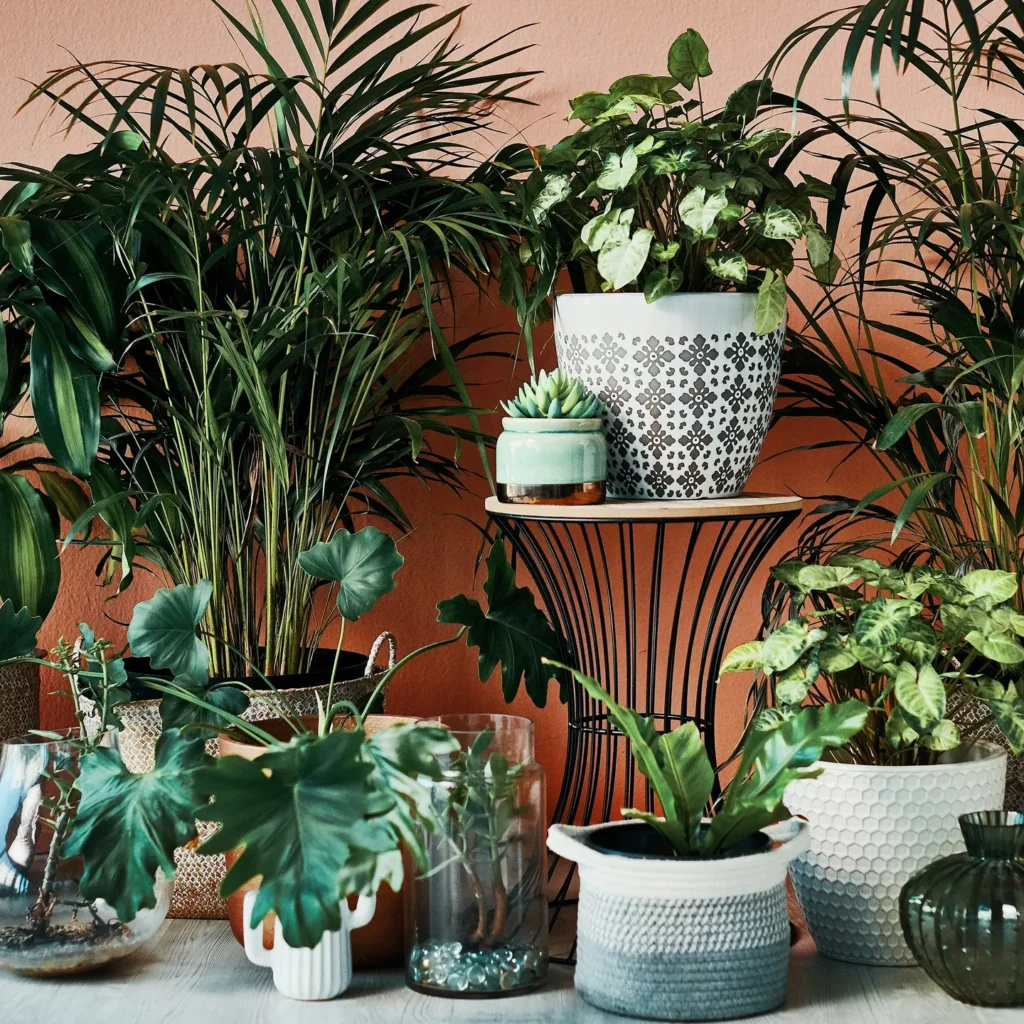
3. Use Specialized Soil Mixes
Ordinary potting soil isn’t ideal for most exotic plants. Many require specialized, well-draining, or nutrient-rich mixes that replicate their native soil composition.
Soil tips for rare plants:
- Orchids and Bromeliads: Use chunky orchid bark and sphagnum moss.
- Carnivorous plants (like Venus flytraps): Thrive in nutrient-poor, acidic soil like peat moss mixed with perlite.
- Succulents and cacti: Prefer gritty soil with sand or pumice.
- Tropical foliage plants: Love rich, well-draining potting mixes with added coco coir.
You can find ready-made specialty mixes or create your own based on your plant’s needs.

4. Water Mindfully
Rare and exotic plants are often more sensitive to water quality and frequency than standard houseplants.
Watering essentials:
- Use distilled, filtered, or rainwater for sensitive species like carnivorous plants and Calatheas.
- Avoid letting water sit in saucers, which can lead to root rot.
- Stick to a consistent watering schedule, adjusting seasonally.
- Check soil moisture with your finger before watering.
Pro Tip: Overwatering is a common cause of death in rare plants. When in doubt — wait a day.
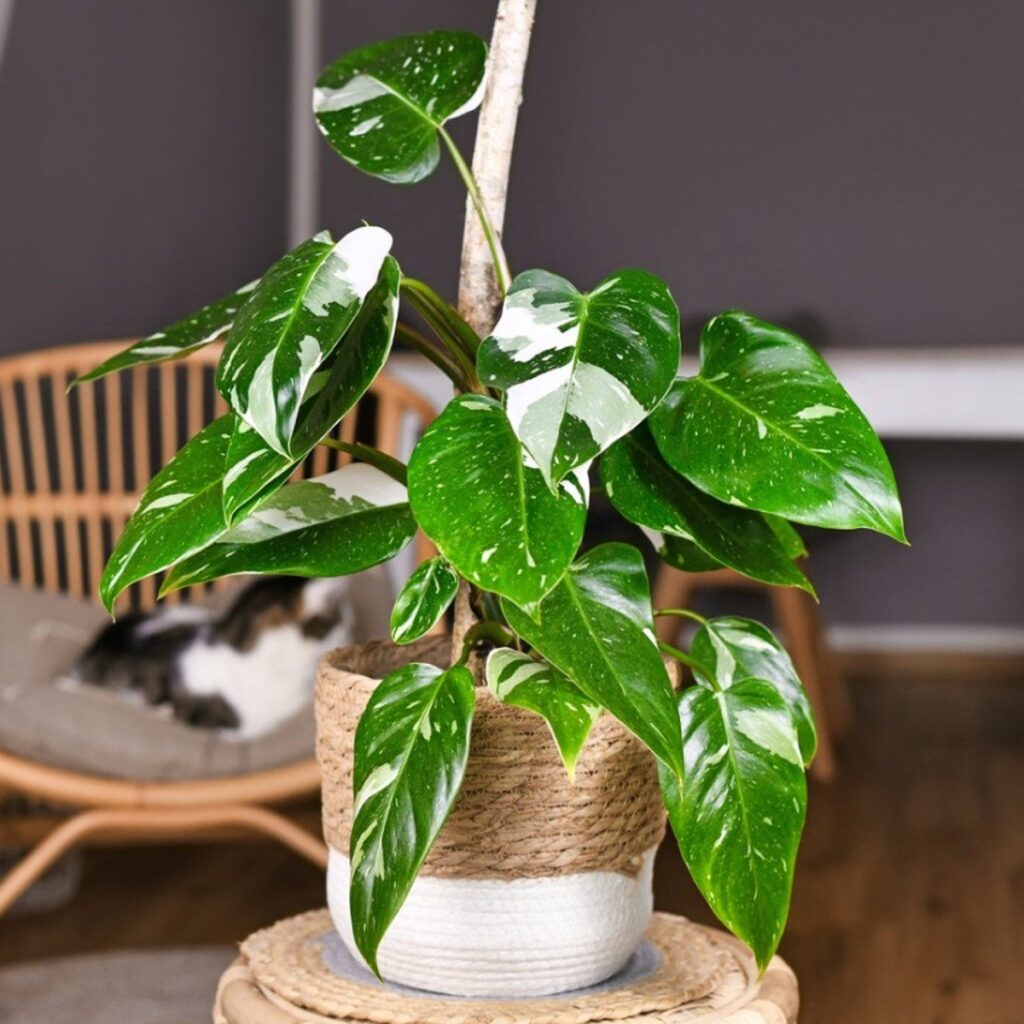
5. Provide Consistent, Suitable Light
Lighting is critical for plant health, especially for rare species with specific light preferences.
Lighting tips:
- Place tropical plants like Monstera deliciosa ‘Albo’ in bright, indirect light.
- Use south-facing windows for sun-loving succulents and cacti.
- Install full-spectrum LED grow lights for indoor plants needing extra brightness.
- Avoid direct afternoon sun for shade-loving species, which can scorch their leaves.
Rotate your plants occasionally so all sides receive equal light exposure.
6. Maintain Ideal Humidity Levels
Many exotic plants, particularly those from rainforests and jungles, need higher humidity than most homes naturally provide.
Ways to increase humidity:
- Use a humidifier near your plant collection.
- Mist leaves with room-temperature water (if the plant tolerates it).
- Set potted plants on a pebble tray filled with water.
- Group plants together to create a mini humidity pocket.
Aim for 50-80% humidity for most tropical rare plants.
7. Use Natural, Organic Fertilizers
Rare plants tend to be sensitive to chemical-based fertilizers. Opt for gentle, organic options to feed your plants without risking root burn.
Top organic fertilizer choices:
- Liquid seaweed or fish emulsion for leafy plants.
- Compost tea or worm castings for soil enrichment.
- Diluted organic orchid food for epiphytes like orchids and bromeliads.
- Use slow-release organic pellets for long-term feeding.
Always follow the recommended dilution rates to avoid over-fertilizing.
8. Repot with Care
Rare and exotic plants can be delicate when it comes to root disturbance. Repot only when absolutely necessary — typically when roots outgrow their container or soil becomes exhausted.
Repotting tips:
- Choose a container one size larger with good drainage.
- Handle roots gently and avoid breaking them.
- Use fresh, appropriate soil mix.
- Water lightly after repotting and keep the plant in a shaded, protected area for a few days.
Pro Tip: Some species like orchids prefer being slightly root-bound.
9. Watch for Pests and Diseases
Rare plants are often targets for common pests like spider mites, mealybugs, aphids, and fungus gnats.
Natural pest management:
- Inspect plants regularly for early signs of trouble.
- Use neem oil sprays or insecticidal soap for infestations.
- Remove affected leaves promptly.
- Keep your plants clean by wiping leaves with a damp cloth.
Healthy, well-maintained plants are less prone to disease and pest problems.
10. Join Plant Communities for Support
Growing rare and exotic plants can sometimes be challenging, but connecting with fellow plant enthusiasts makes it easier and more enjoyable.
Benefits of joining plant groups:
- Swap care tips and troubleshooting advice.
- Trade rare cuttings or seeds.
- Learn about new and trending exotic species.
- Join online forums, Facebook groups, or local plant clubs.
You’ll expand your plant knowledge, gain valuable care insights, and meet like-minded gardeners.
Final Thoughts
Growing rare and exotic plants is a captivating, soul-soothing hobby that rewards patience, research, and attentive care. While these plants may be a little pickier than your average pothos or snake plant, following these 10 essential tips will help you cultivate healthy, thriving specimens that become the showpieces of your plant collection.
Whether you’re drawn to exotic blooms, unusual foliage, or plants with fascinating growth habits, every rare plant has a story — and now, you’ll be ready to help them thrive.
